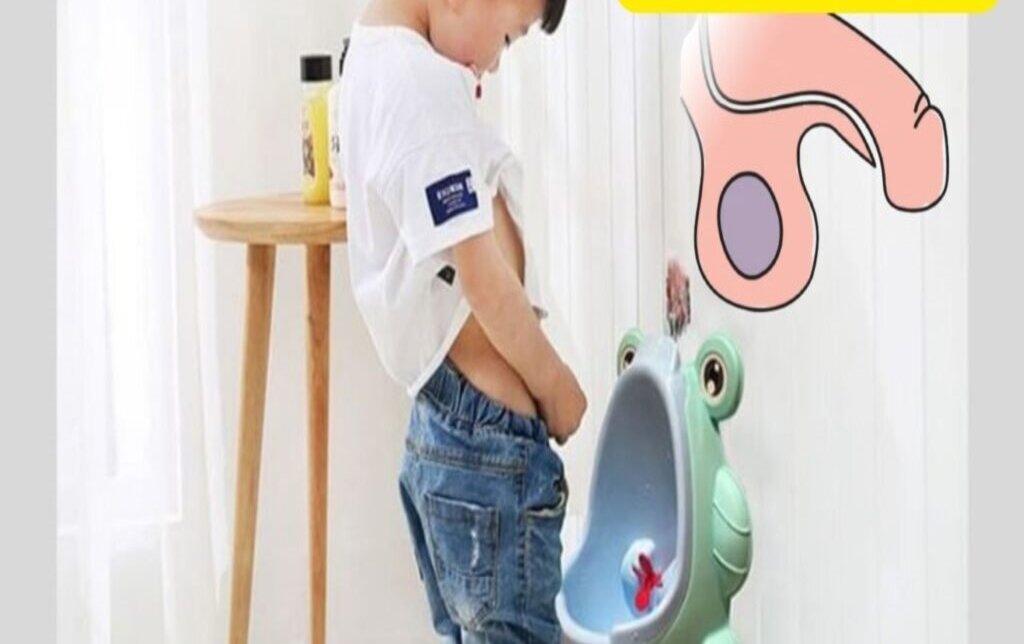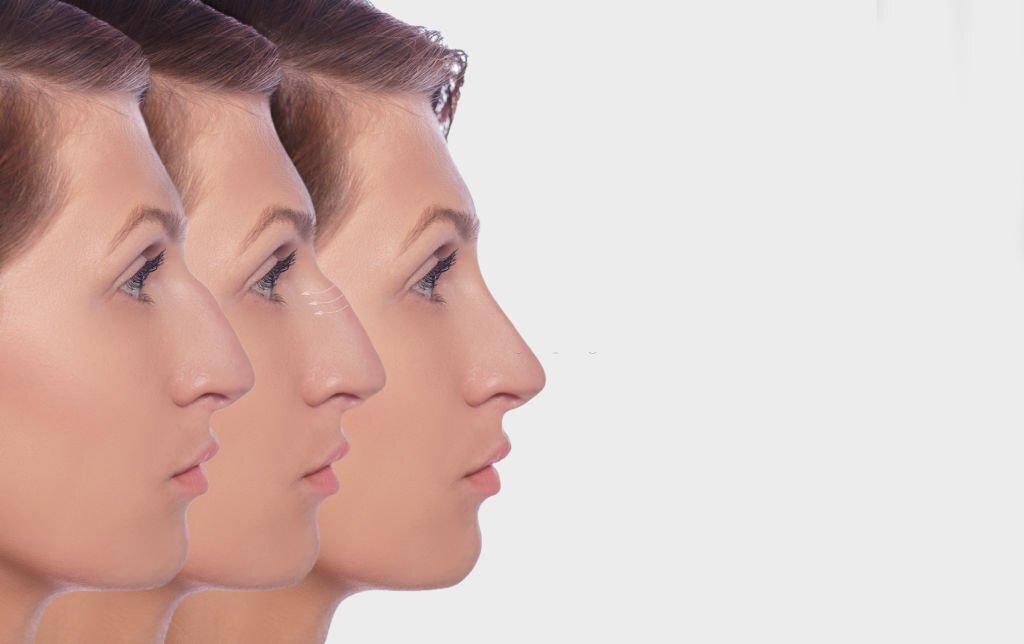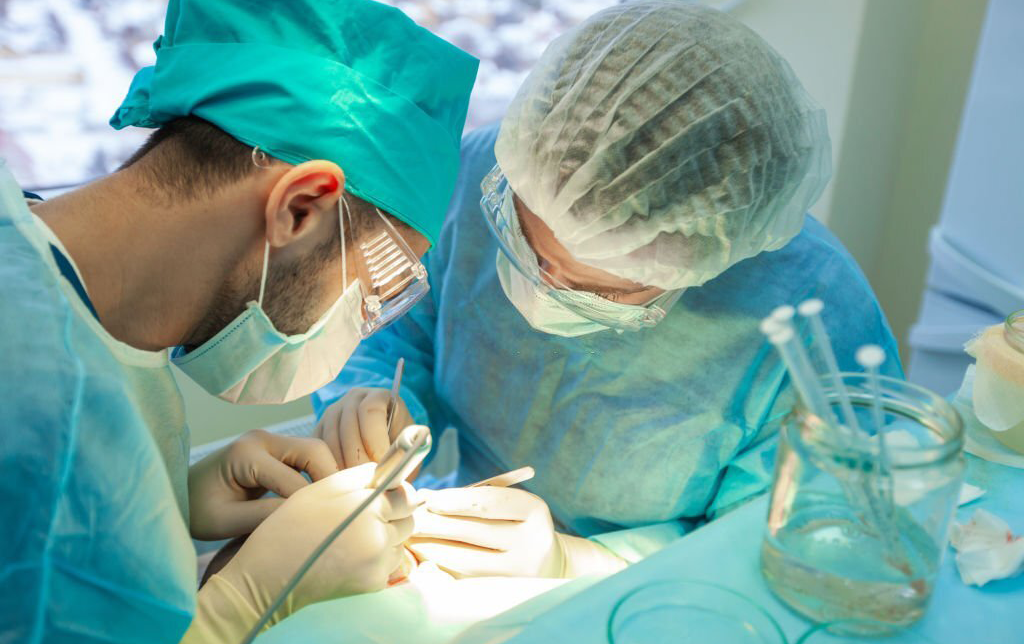Blogs

Understanding Hypospadias: A Comprehensive Guide
Hypospadias is a congenital condition affecting the male genitalia, characterized by an abnormal placement of the urethral opening. Instead of being at the tip of the penis, the meatus is located on the underside. This condition, though relatively rare, poses significant functional, aesthetic, and psychological challenges. This blog delves into the key aspects of hypospadias, including its prevalence, types, symptoms, diagnosis, treatment, and the psychological impact.
What is Hypospadias?
Hypospadias is a birth defect where the urethral opening is misplaced. It can vary in severity, ranging from a minor defect near the tip of the penis to a more severe condition where the opening is near the scrotum. The condition may also be associated with penile curvature, known as chordee, and an abnormal appearance of the foreskin.
Prevalence and Risk Factors
Hypospadias affects approximately 1 in every 200 to 300 male births, making it one of the more common congenital anomalies. The exact cause is not fully understood, but several factors may contribute:
– Genetic Influences: A family history of congenital birth defects increases the risk.
– Environmental Factors: Maternal exposure to certain medications, endocrine-disrupting chemicals, and hormonal imbalances during pregnancy can be contributing factors.
– Hormonal Imbalances: Abnormal levels of androgens during fetal development are considered significant contributors.
Types and Severity of Hypospadias
Hypospadias is categorized based on the location of the urethral opening:
– Distal Hypospadias: The opening is located near the head of the penis, accounting for about 70% of cases.
– Midshaft Hypospadias: The urethral opening is located along the shaft of the penis.
– Proximal Hypospadias: The opening is near the base of the penis or in the scrotum. This type is less common but usually more severe.
Severity also includes the presence of other abnormalities, such as chordee and unusual distribution of penile skin.
Symptoms and Complications
Infants with hypospadias may exhibit several symptoms:
– Abnormal Urinary Stream: Difficulty aiming the urine stream or spraying in an unusual direction.
– Penile Curvature (Chordee): Downward bending of the penis, which may worsen during an erection.
– Abnormal Appearance: Hooded or incomplete foreskin and unusual penile shape.
If untreated, hypospadias can lead to complications such as difficulties with urination, sexual dysfunction, and psychological distress.
Diagnosis
Hypospadias is typically diagnosed shortly after birth during a physical examination. Prenatal ultrasounds may suggest the condition, but a definitive diagnosis is made post-birth. The diagnosis involves assessing the urethral opening, presence of chordee, and any associated anomalies.
Treatment
Surgical correction is the standard treatment for hypospadias, generally recommended before the child reaches 18 months of age. The goals of surgery are:
– Correcting the Urethral Opening: Repositioning the urethral opening to the tip of the penis.
– Straightening the Penis: Addressing any curvature to ensure normal sexual function.
– Restoring Appearance: Achieving a typical cosmetic appearance to reduce psychological impact.
Common surgical procedures include:
– Urethroplasty: Reconstruction of the urethra to create a new channel with an opening at the tip of the penis.
– Chordee Repair: Straightening the penis by releasing or excising the fibrous tissue causing curvature.
– Glanduloplasty: Reconstructing the head of the penis for a normal appearance.
Post-Surgical Care and Outcomes
Post-surgery, the child may need a catheter for a short period. Care includes pain management, infection prevention, and follow-up appointments. Most children recover well, achieving normal urinary and sexual function. However, some may require additional surgeries if complications arise, such as fistula formation or meatal stenosis.
Psychological and Social Considerations
The psychological impact of hypospadias and its treatment is significant. Parents may experience anxiety about their child’s future, and children may face social and emotional challenges as they grow. Open communication, psychological support, and counseling can aid in managing these issues and fostering a positive self-image.
Hypospadias, though a complex condition, can be effectively managed with timely surgical intervention and comprehensive care. By addressing both the functional and psychological aspects, healthcare providers can significantly enhance the quality of life for affected individuals. For more information and support, consult with a specialized medical team to explore the best treatment options for your child’s needs.
Popular Posts

Nose Surgery (Rhinoplasty)
Nose reshaping (rhinoplasty or a "nose job") is an operation to change the shape or size of the nose...

Best Hair Transplant Doctor In Nagpur Location
Saundarya City Uses Modern techniques have enabled advanced methods for surgical hair transplants that can help restore lost hair...



 Book an Appointment
Book an Appointment